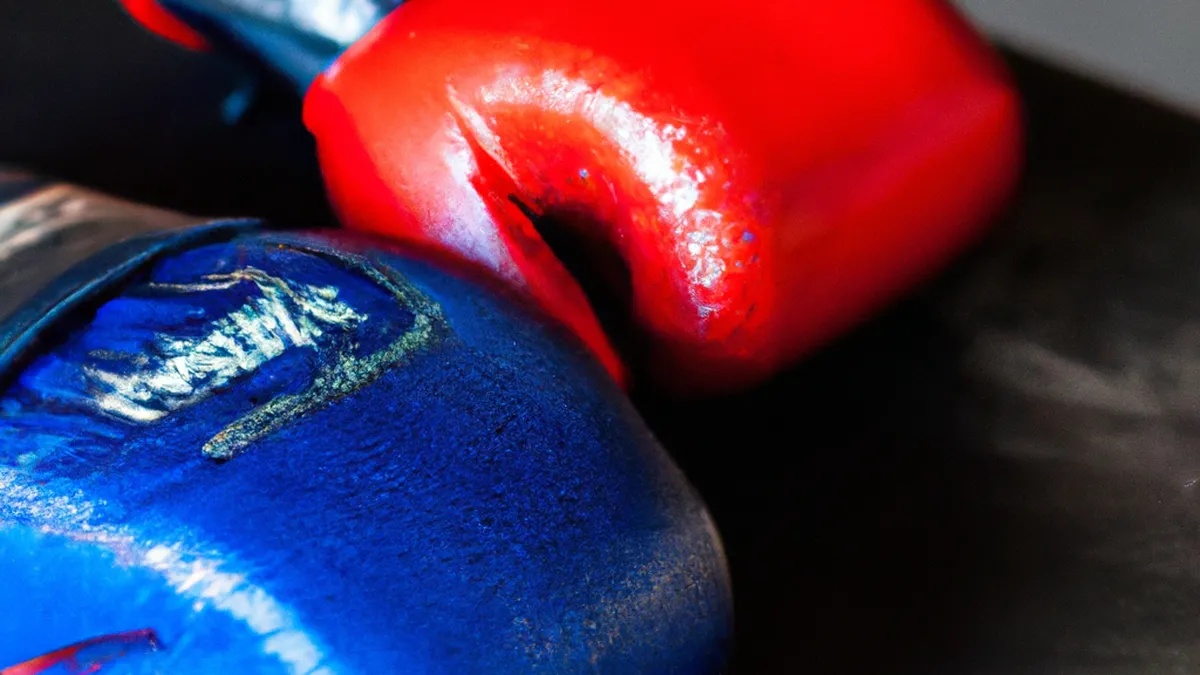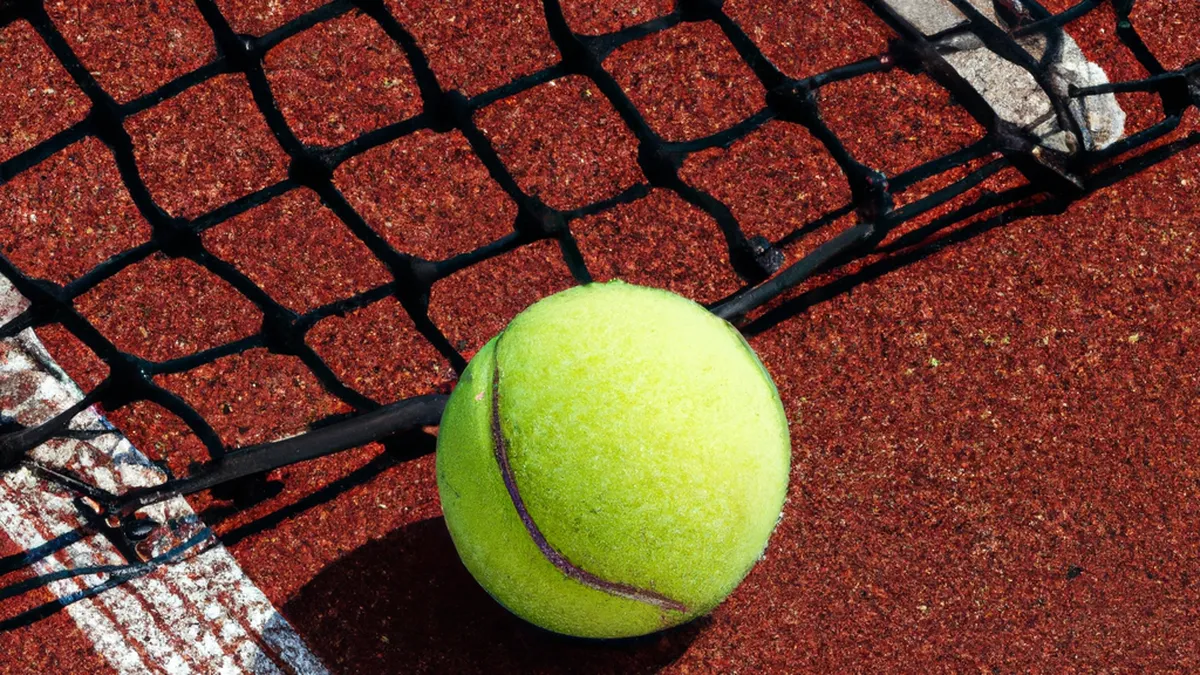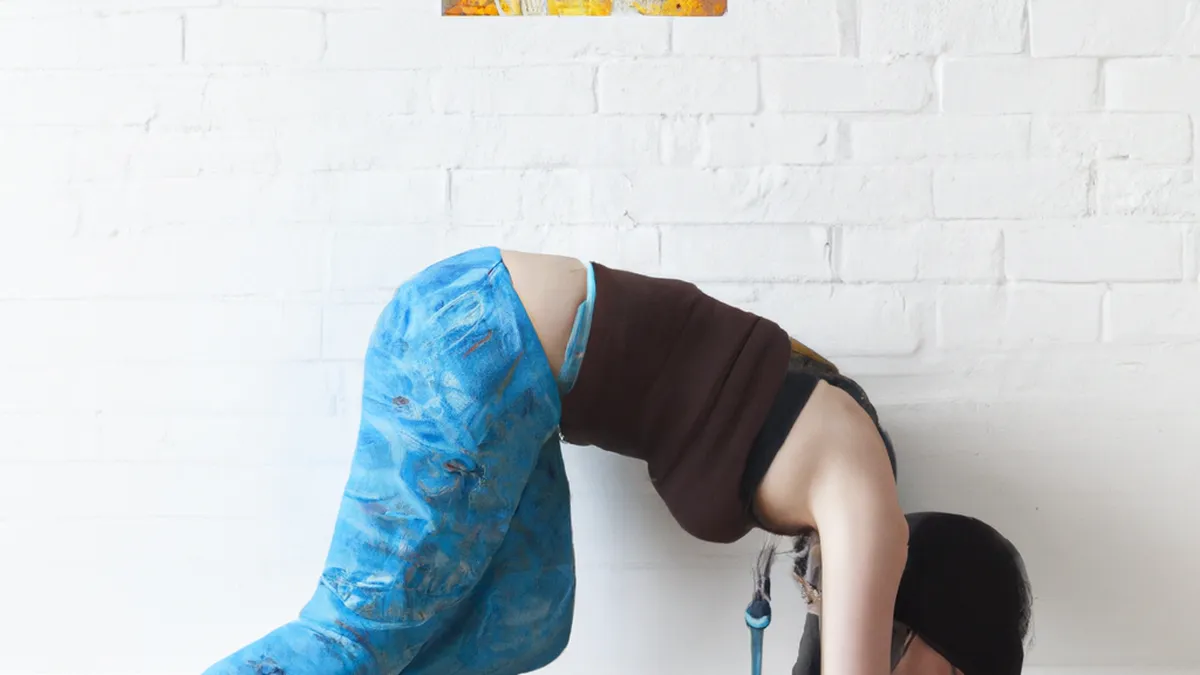Low-Impact Cardio: Best Practices
Adapted Techniques for Older AthletesAging impacts athletic performance, but staying active is crucial for health. Older athletes can excel by adapting techniques and training. This blog post shares practical tips and benefits of these adaptations. Let’s dive in!
Understanding the Changes
Aging affects strength, flexibility, endurance, and recovery time. Muscle mass decreases due to sarcopenia, impacting performance. Joints may stiffen, and connective tissues can lose elasticity, increasing injury risks. Cardiovascular efficiency may decline, reducing stamina in physical activities.Understanding these changes helps athletes adapt effectively. Older athletes should view aging as an opportunity to refine training and competition approaches.
Tips for Training
As an Amazon Associate I earn from qualifying purchases.
Gear tip: consider compression sleeves, compression socks, and thai pads to support this topic.
1. Focus on Strength Training
Strength training is crucial for older athletes. It maintains muscle mass and bone density, essential for health. Incorporate light weights or resistance bands into your routine. Aim for two to three sessions weekly, focusing on compound exercises.Effective exercises include squats, lunges, and modified push-ups. Gradually increase intensity as strength improves, but prioritize form to prevent injuries. Consider working with a trainer who understands older athletes’ needs.
2. Prioritize Flexibility
Flexibility becomes vital with age. Regular stretching improves range of motion and reduces injury risk. Incorporate flexibility training through dedicated stretching sessions or activities like yoga and Pilates.Spend at least 10 minutes stretching after workouts, focusing on tight muscle groups. This practice aids recovery and enhances performance, allowing for smoother movement.
3. Incorporate Low-Impact Cardio
High-impact activities can strain older joints. Choose low-impact options like swimming, cycling, or brisk walking. These activities elevate heart rate without stressing joints. Aim for at least 150 minutes of moderate aerobic activity each week.Low-impact cardio improves cardiovascular health and maintains a healthy weight. This approach reduces joint stress and enhances overall performance.
Advice for Recovery
Listen to Your Body
Recovery becomes critical with age. Pay attention to your body’s signals and note any pain or fatigue. If discomfort arises, take a break. Overtraining can lead to injuries that take longer to heal.
Conclusion
Older athletes can adapt their training techniques to maintain performance. Embrace aging as an opportunity to refine approaches for better health and athletic success.
Below are related products based on this post:
FAQ
How does aging affect athletic performance?
Aging impacts strength, flexibility, endurance, and recovery time in athletes. Muscle mass decreases, joints may stiffen, and cardiovascular efficiency can decline, all of which can hinder performance and increase injury risks.
What type of training should older athletes focus on?
Older athletes should prioritize strength training to maintain muscle mass and bone density. Incorporating light weights or resistance bands into a routine, with an emphasis on compound exercises, is recommended for optimal health and performance.
Why is flexibility important for older athletes?
Flexibility is vital for older athletes as it improves range of motion and reduces the risk of injuries. Regular stretching and activities like yoga or Pilates can significantly aid recovery and enhance overall athletic performance.















Post Comment